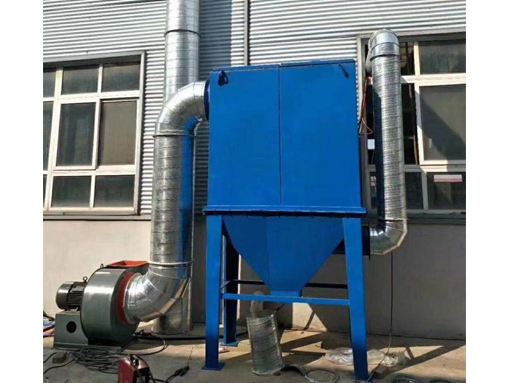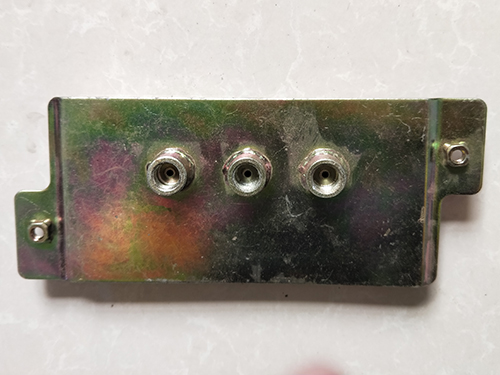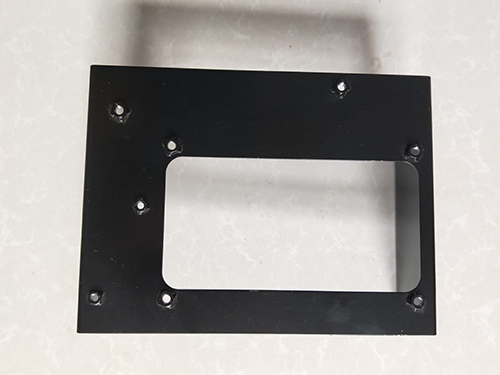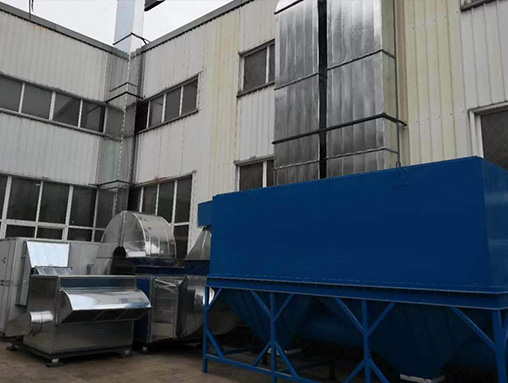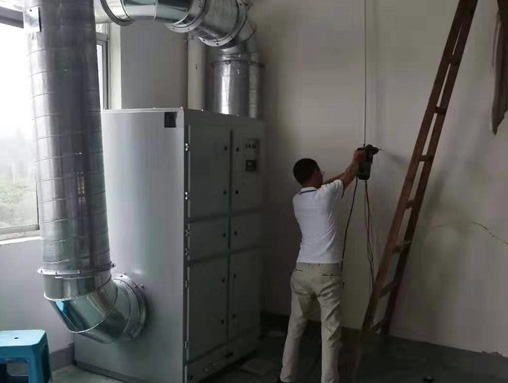Problems and solutions arising from stamping of stamped parts
Problems and solutions arising from stamping
The reason for material flipping and twisting during stamping is in the progressive die, where the outer shape of the stamped part is formed by cutting the remaining material around the stamped part. The main reason for the flipping and twisting of punched parts is the influence of punching force. During punching, due to the presence of punching gaps, the material is stretched on one side of the die (warping upwards) and compressed on the side closer to the punch. When using a discharge plate, use the discharge plate to press the material tightly to prevent the material on the concave mold side from warping upwards. At this time, the stress condition of the material changes accordingly. As the unloading plate increases its compression force, the material on the convex mold side is stretched (the compression force tends to decrease), while the material on the concave mold surface is compressed (the tensile force tends to decrease). The flipping of stamped parts is caused by the material on the concave die surface being stretched. So when punching, pressing and compressing the material is to prevent the workpiece from flipping or twisting.
The method of flipping and twisting stamping parts.
⑴ Reasonable mold design. In the progressive die, the arrangement of cutting sequence may affect the accuracy of stamping part forming. For the cutting of small parts of stamped parts, it is generally recommended to first arrange a larger area for punching and cutting, and then arrange a smaller area for punching and cutting to reduce the impact of punching force on the forming of stamped parts.
Press down on the material. Overcoming the traditional mold design structure, a material holding gap is opened on the discharge plate (i.e. when the mold is closed, the discharge plate is in contact with the concave mold, and the gap between the discharge plate and the concave mold at the material holding position is t-0.03-0.05mm in material thickness). In this way, the unloading plate moves smoothly during stamping, and the material can be compressed. The key forming part, the discharge plate is made into an embedded structure to facilitate the solution of grinding (pressure) damage caused by long-term stamping at the pressing part of the discharge plate, which cannot press the material tightly.
⑶ Add strong pressure function. Thicken the size of the unloading insert pressing part (normal unloading insert thickness H+0.03mm) to increase the pressure on the material on the concave die side, resulting in flipping and twisting deformation of the stamped part during punching.
⑷ Trim a sloping or curved surface at the end of the convex die blade. This is a method to reduce the punching force. Reducing the buffer cutting force can alleviate the tensile force on the material on the concave die side, thereby achieving the effect of flipping and twisting the stamped part.
In daily mold production, attention should be paid to maintaining the sharpness of the punching convex and concave mold edges. When the cutting edge wears out, the tensile stress on the material will increase, leading to an increased tendency for the stamped part to flip and twist.
Unreasonable or uneven punching gaps are also reasons for the flipping and twisting of stamped parts, which need to be overcome.
3. Handling of Common Specific Problems in Production
In daily production, there may be situations where the punching size is too large or too small (possibly exceeding the specification requirements) and differs greatly from the size of the punch. In addition to considering factors such as the design size, processing accuracy, and punching gap of the forming punch and die, the following aspects should also be considered to solve the problem.
When the cutting edge wears out, the tensile stress on the material increases, and the tendency for the stamped part to flip and twist increases. When flipping materials, the punching size will tend to decrease.
The strong pressure on the material causes plastic deformation, which can lead to an increase in punching size. When reducing the pressure, the punching size will tend to be smaller.
The shape of the end of the convex die blade. If a slope or arc is made at the end, due to the reduced cutting force, the punching part is less likely to flip or twist, resulting in a larger punching size. When the end of the punch is flat (without a slope or arc), the punching size will relatively decrease.
In specific production practice, specific analysis should be conducted for specific problems in order to find solutions.
The above mainly introduces the reasons and solutions for the flipping and twisting of punched parts during punching.
4. Reasons and countermeasures for flipping and twisting of stamped parts during bending
⑴ Caused by burrs on the punched parts during cutting. Training is required for punching cutting edges, and attention should be paid to checking whether the punching gap is reasonable.
⑵ During the punching process, there has been flipping and twisting deformation of the punched parts, resulting in poor forming after bending. It is necessary to start from the punching and cutting station to solve this problem.
⑶ Caused by instability of stamped parts during bending. Mainly for U-shaped and V-shaped bending. The solution to this problem is to guide the stamping parts before bending, guide them during the bending process, and press the material during the bending process to prevent the stamping parts from slipping during bending.
